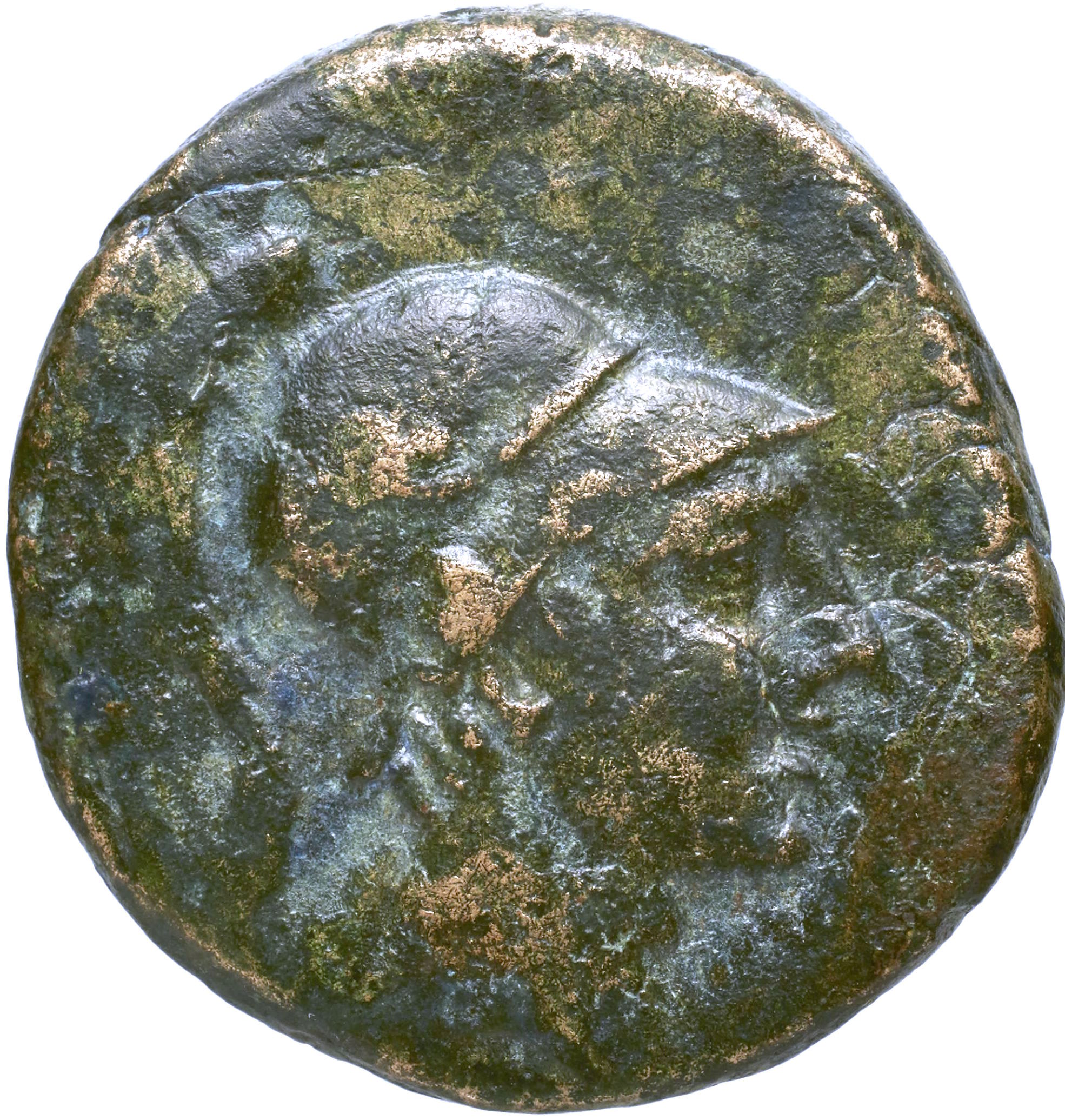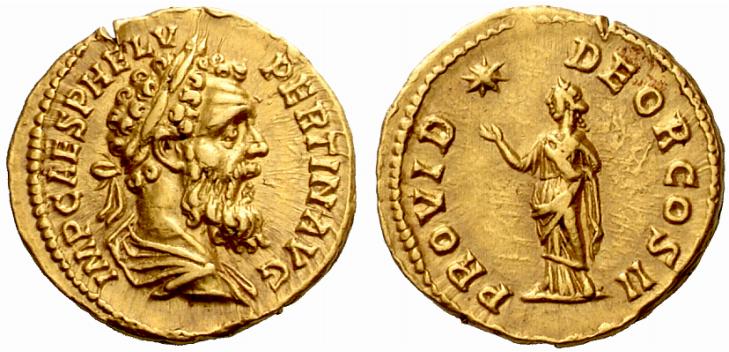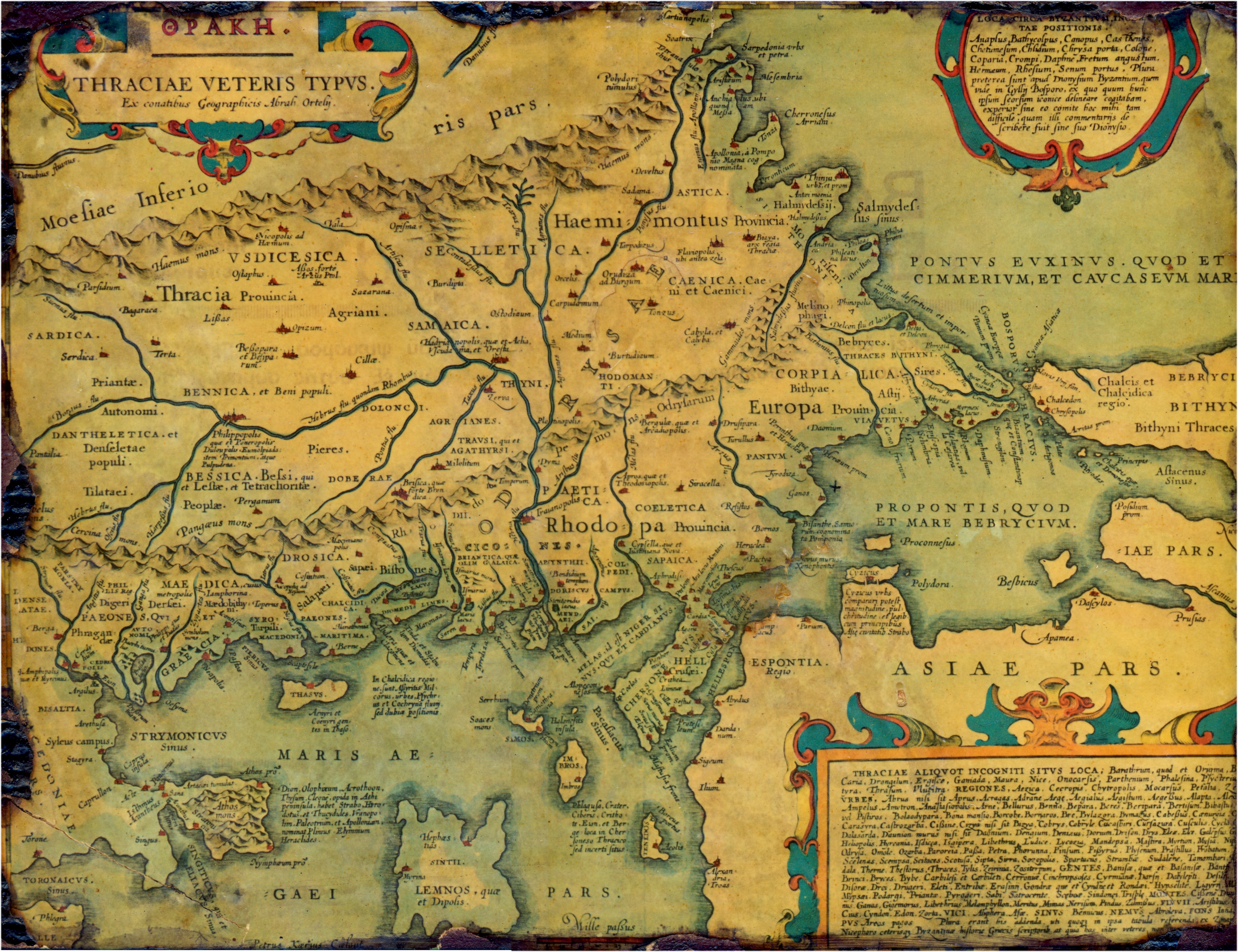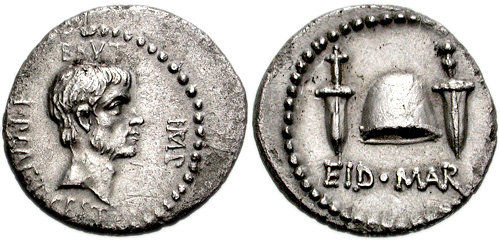|
Tiberius Julius Sauromates II
Tiberius Julius Sauromates II Philocaesar Philoromaios Eusebes, also known as Sauromates II ( el, Τιβέριος Ἰούλιος Σαυρομάτης Β΄ Φιλοκαῖσαρ Φιλορωμαῖος Eὐσεβής, ''Philocaesar Philoromaios Eusebes'', the epithets meaning "''friend of Caesar, friend of Rome, pious one''," was a Roman client king of the Bosporan Kingdom. His coins are known from the period 172–210, probably accounting for his entire reign. Lineage Tiberius Julius Sauromates II is known from inscriptions to have been the son of the Bosporan king Rhoemetalces. Sauromates II's predecessor Eupator might have been his uncle. Although his surname "Sauromates" indicates alleged Sarmatian ancestry by marriages to Sarmatian princesses, this does not necessarily mean those who bore the title were actual Sarmatians. His Bosporan royal dynasty had been established in the 1st century AD by Tiberius Julius Aspurgus and his son Mithridates (i.e. the son and grandson ... [...More Info...] [...Related Items...] OR: [Wikipedia] [Google] [Baidu] |
List Of Kings Of The Cimmerian Bosporus
The Bosporan kings were the rulers of the Bosporan Kingdom, an ancient Hellenistic Greco-Scythian state centered on the Kerch Strait (the Cimmerian Bosporus) and ruled from the city of Panticapaeum. Panticapaeum was founded in the 7th or 6th century BC; the earliest known king of the Bosporus is Archaeanax, who seized control of the city 480 BC as a usurper. The Archaeanactid dynasty ruled the city until it was displaced by the more long-lived Spartocid dynasty in 438 BC. After ruling for over three centuries, the Spartocids were then displaced by the Mithridatic dynasty of Pontus and then its offshoot the Tiberian-Julian dynasy. The Tiberian-Julian kings ruled as client kings of the Roman Empire until late antiquity. After several successive periods of rule by groups such as the Sarmatians, Alans, Goths and Huns, the remnants of the Bosporan Kingdom were finally absorbed into the Roman Empire by Justinian I in the 6th century AD. List of kings Joint rulers are indicated with ... [...More Info...] [...Related Items...] OR: [Wikipedia] [Google] [Baidu] |
Kingdom Of Pontus
Pontus ( grc-gre, Πόντος ) was a Hellenistic kingdom centered in the historical region of Pontus and ruled by the Mithridatic dynasty (of Persian origin), which possibly may have been directly related to Darius the Great of the Achaemenid dynasty. The kingdom was proclaimed by Mithridates I in 281BC and lasted until its conquest by the Roman Republic in 63BC. The Kingdom of Pontus reached its largest extent under Mithridates VI the Great, who conquered Colchis, Cappadocia, Bithynia, the Greek colonies of the Tauric Chersonesos, and for a brief time the Roman province of Asia. After a long struggle with Rome in the Mithridatic Wars, Pontus was defeated. The western part of it was incorporated into the Roman Republic as the province Bithynia et Pontus; the eastern half survived as a client kingdom until 62 AD. As the greater part of the kingdom lay within the region of Cappadocia, which in early ages extended from the borders of Cilicia to the Euxine (Black Sea), the king ... [...More Info...] [...Related Items...] OR: [Wikipedia] [Google] [Baidu] |
Didius Julianus
Marcus Didius Julianus (; 29 January 133 or 137 – 2 June 193) was Roman emperor for nine weeks from March to June 193, during the Year of the Five Emperors. Julianus had a promising political career, governing several provinces, including Dalmatia and Germania Inferior, and defeated the Chauci and Chatti, two invading Germanic tribes. He was even appointed to the consulship in 175 along with Pertinax as a reward, before being demoted by Commodus. After this demotion, his early, promising political career languished. Julianus ascended the throne after buying it from the Praetorian Guard, who had assassinated his predecessor Pertinax. A civil war ensued in which three rival generals laid claim to the imperial throne. Septimius Severus, commander of the legions in Pannonia and the nearest of the generals to Rome, marched on the capital, gathering support along the way and routing cohorts of the Praetorian Guard Julianus sent to meet him. Abandoned by the Senate and the Praetorian ... [...More Info...] [...Related Items...] OR: [Wikipedia] [Google] [Baidu] |
Pertinax
Publius Helvius Pertinax (; 1 August 126 – 28 March 193) was Roman emperor for the first three months of 193. He succeeded Commodus to become the first emperor during the tumultuous Year of the Five Emperors. Born the son of a freed slave, Pertinax became an officer in the army. He fought in the Roman–Parthian War of 161–166, where his success led him to be promoted to higher positions in both the military and political spheres. He achieved the rank of provincial governor and urban prefect. He was a member of the Roman Senate, serving at the same time as the historian Cassius Dio. Following the death of Commodus, Pertinax was proclaimed emperor. He attempted to institute several reform measures, although the short duration of his reign as emperor prevented the success of those attempts. One of those reforms, the restoration of discipline among the Praetorian Guard, led to conflict that eventually culminated in Pertinax's assassination by the Guard. Pertinax would be de ... [...More Info...] [...Related Items...] OR: [Wikipedia] [Google] [Baidu] |
Commodus
Commodus (; 31 August 161 – 31 December 192) was a Roman emperor who ruled from 177 to 192. He served jointly with his father Marcus Aurelius from 176 until the latter's death in 180, and thereafter he reigned alone until his assassination. His reign is commonly thought of as marking the end of a golden period of peace in the history of the Roman Empire, known as the Pax Romana. Commodus accompanied his father during the Marcomannic Wars in 172, and on a tour of the Eastern provinces in 176. Later that year he became the youngest emperor and consul up to that point, at the age of 15. During his solo reign, the Roman Empire enjoyed reduced military conflict compared with the reign of Marcus Aurelius. Intrigues and conspiracies abounded, leading Commodus to revert to an increasingly dictatorial style of leadership, culminating in his creating a deific personality cult, with his performing as a gladiator in the Colosseum. Throughout his reign, Commodus entrusted the management ... [...More Info...] [...Related Items...] OR: [Wikipedia] [Google] [Baidu] |
Marcus Aurelius
Marcus Aurelius Antoninus (Latin: áːɾkus̠ auɾέːli.us̠ antɔ́ːni.us̠ English: ; 26 April 121 – 17 March 180) was Roman emperor from 161 to 180 AD and a Stoic philosopher. He was the last of the rulers known as the Five Good Emperors (a term coined some 13 centuries later by Niccolò Machiavelli), and the last emperor of the Pax Romana, an age of relative peace and stability for the Roman Empire lasting from 27 BC to 180 AD. He served as Roman consul in 140, 145, and 161. Marcus Aurelius was born during the reign of Hadrian to the emperor's nephew, the praetor Marcus Annius Verus, and the heiress Domitia Calvilla. His father died when he was three, and his mother and grandfather raised him. After Hadrian's adoptive son, Aelius Caesar, died in 138, the emperor adopted Marcus's uncle Antoninus Pius as his new heir. In turn, Antoninus adopted Marcus and Lucius, the son of Aelius. Hadrian died that year, and Antoninus became emperor. Now heir to the throne, ... [...More Info...] [...Related Items...] OR: [Wikipedia] [Google] [Baidu] |
Pythodorida Of Pontus
Pythodorida or Pythodoris of Pontus ( el, Πυθοδωρίδα or Πυθοδωρίς, 30 BC or 29 BC – 38) was a Roman client queen of Pontus, the Bosporan Kingdom, Cilicia, and Cappadocia. Origins and early life Pythodorida is also known as Pythodoris I and Pantos Pythodorida. According to an honorific inscription dedicated to her in Athens in the late 1st century BC, her royal title was Queen Pythodorida Philometor ( el, ΒΑΣΙΛΙΣΣΑ ΠΥΘΟΔΩΡΙΔΑ ΦΙΛΟΜΗΤΩΡ). ''Philometor'' means "mother-loving" and this title is associated with the Ptolemaic dynasty of Egypt. Pythodorida was born and raised in Smyrna (modern İzmir, Turkey). She was the daughter and only child of wealthy Anatolian Greeks and friend to the late triumvir Pompey, Pythodoros of Tralles and Antonia. Her maternal grandparents were the Roman triumvir Mark Antony and Antonia Hybrida Minor. Queen The successive marriages of Pythodorida illustrate how elite women, like Rome's client states, we ... [...More Info...] [...Related Items...] OR: [Wikipedia] [Google] [Baidu] |
List Of Rulers Of Thrace And Dacia
This article lists rulers of Thrace and Dacia, and includes Thracian, Paeonian, Celtic, Dacian, Scythian, Persian or Ancient Greek up to the point of its fall to the Roman Empire, with a few figures from Greek mythology. Mythological *Haemus, became a mountain Haemus Mons * Thrax, son of Ares *Tegyrios, mortal *Eumolpus, inherited a kingdom from Tegyrios *Tereus, the king that was turned into a hoopoe *Phineus, Phoenician son of Agenor, blind king and seer *Poltys, son of Poseidon *Pyreneus, died trying to harm the Muses *Harpalykos, king of the Amymnaeans *Thoas, founder of Thoana *Mopsus, killed Myrine, an amazon queen *Peirous, a Thracian war leader killed by Thoas the Aetolian *Rhesus of Thrace, died in the Trojan war * Cisseus, father of Theano, the wife of Antenor *Diomedes of Thrace, Giant that ruled over the Bistones *Lycurgus, of the Edoni *Oeagrus, father of Orpheus and Linus *Orpheus of the Cicones *Polymestor of the Bistonians *Zalmoxis of the Getae *Charnabon of the ... [...More Info...] [...Related Items...] OR: [Wikipedia] [Google] [Baidu] |
Antonia Tryphaena
Antonia Tryphaena also known as Tryphaena of Thrace or Tryphaena (her name in Ancient Greek, Greek: ἡ Ἀντωνία Τρύφαινα or Τρυφαίνη, 10 BC – 55 AD) was a Kingdom of Pontus, Pontian Princess and a Ancient Rome, Roman Client Queen of Sapaean kingdom, Thrace. She co-ruled with her son Rhoemetalces II. Origins, family and early life Tryphaena was the only known daughter and the youngest child of Roman client kingdom, client rulers Polemon I of Pontus, Polemon Pythodoros and Pythodorida of Pontus. Her elder brothers were Zenon, also known as Artaxias III, who became Roman client king of Armenia and Polemon II of Pontus, who would succeed her mother and became the last Roman client ruler of Kingdom of Pontus, Pontus. She was of Anatolian Greeks, Greek and Ancient Rome, Roman heritage. Her paternal grandfather was Zenon, a prominent orator and aristocrat, who had been an ally to Mark Antony. Her maternal grandparents were the wealthy Greek friends of the late ... [...More Info...] [...Related Items...] OR: [Wikipedia] [Google] [Baidu] |
Mark Antony
Marcus Antonius (14 January 1 August 30 BC), commonly known in English as Mark Antony, was a Roman politician and general who played a critical role in the transformation of the Roman Republic from a constitutional republic into the autocratic Roman Empire. Antony was a relative and supporter of Julius Caesar, and served as one of his generals during the conquest of Gaul and the Civil War. Antony was appointed administrator of Italy while Caesar eliminated political opponents in Greece, North Africa, and Spain. After Caesar's assassination in 44 BC, Antony joined forces with Marcus Aemilius Lepidus, another of Caesar's generals, and Octavian, Caesar's great-nephew and adopted son, forming a three-man dictatorship known to historians as the Second Triumvirate. The Triumvirs defeated Caesar's killers, the ''Liberatores'', at the Battle of Philippi in 42 BC, and divided the government of the Republic between themselves. Antony was assigned Rome's eastern provinces, includi ... [...More Info...] [...Related Items...] OR: [Wikipedia] [Google] [Baidu] |
Second Triumvirate
The Second Triumvirate was an extraordinary commission and magistracy created for Mark Antony, Marcus Aemilius Lepidus, and Octavian to give them practically absolute power. It was formally constituted by law on 27 November 43 BC with a term of five years; it was renewed in 37 BC for another five years before expiring in 32 BC. Constituted by the ''lex Titia'', the triumvirs were given broad powers to make or repeal legislation, issue judicial punishments without due process or right of appeal, and appoint all other magistrates. The triumvirs also split the Roman world into three sets of provinces. The triumvirate, formed in the aftermath of a conflict between Antony and the senate, emerged as a force to reassert Caesarian control over the western provinces and wage war on the ''liberatores'' led by the men who assassinated Julius Caesar. After proscriptions, purging the senatorial and equestrian orders, and a brutal civil war, the ''liberatores'' were defea ... [...More Info...] [...Related Items...] OR: [Wikipedia] [Google] [Baidu] |



.jpg)





